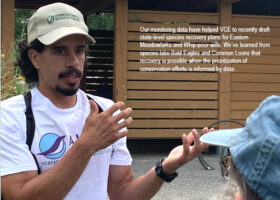
VCE’s Champions of Long-term Monitoring Count Up the Benefits to Conservation
How does monitoring contribute to conservation? We asked a few of VCE’s leading proponents of regular surveys, and they explained how long-term datasets contribute to every stage of the conservation process.
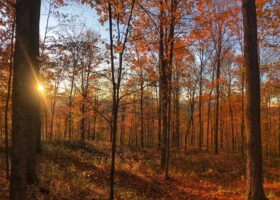
Field Guide to October 2024
The month of October reminds us of the cyclical nature of life. Like spring, autumn is a season of change. The forested hills fade from summer emerald to a watercolor painting of red and gold and brown. Here’s your field guide to some moments that you might not otherwise notice during these few precious weeks that feature colored hills beneath a deep blue sky.
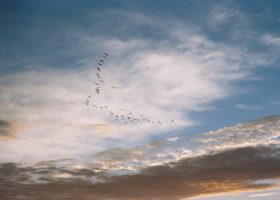
Field Guide to September 2024
It can happen almost anywhere. On a cool, foggy morning, for example, when fall warblers drop from their nocturnal, migratory flights into your backyard, and clusters of Common Green Darners congregate on a nearby riverbank. Or along a mudflat some afternoon when you notice a Spotted Sandpiper teetering and then darting after prey. Or on some wooded trail when you spot the first ruby red leaves among late-summer’s faded green. Here is your field guide to life slowing down and on the move in September.
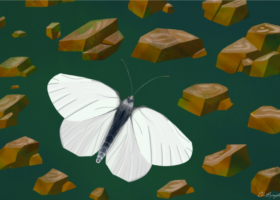
Searching for Butterflies: The West Virginia White
As VCE’s Spatial Science Intern, I spent my summer working with community science observations from several platforms, such as eButterfly and iNaturalist, to create a species distribution model for the West Virginia White in the state. This model incorporated bioclimatic variables and host-plant distributions to reveal areas within Vermont that may be suitable for these butterflies today and into the future.
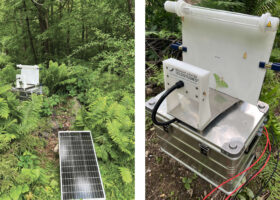
Building an Automated Moth Monitoring Network
How are moth populations faring in Vermont? Except for a few species, no one really knows. A few years ago, VAL teamed up with community scientists, biologists, engineers, and computer scientists from around the world to change that. Now, we are poised to understand moths like never before.
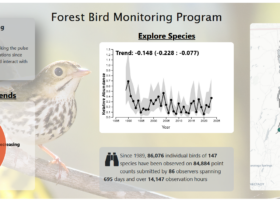
Forest Bird Monitoring Data Dashboard Goes Live
For over 30 years, VCE has coordinated the Vermont Forest Bird Monitoring Program to track the long-term population trends of interior forest birds. The backbone of this project is the dedicated corps of volunteer birders. The data these hardy birders collect are invaluable in tracking the status of forest songbirds. Now, the FBMP has a Data Dashboard where anyone can explore and interact with FBMP data and view up-to-date results.
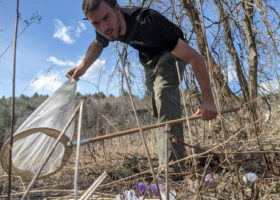
VCE is Abuzz with High-impact Bee Work
For over a decade, VCE has been positively buzzing with activity, surveying far and wide for bee species across the state. Our efforts kicked off with the Bumblebee Atlas in 2012 and reached a crescendo in 2022 with the State of Vermont’s Wild Bees report. Little did we know that this would start a multi-state ripple of pollinator work.
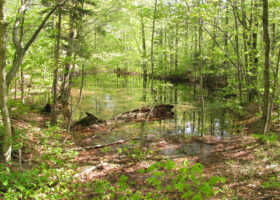
VPAtlas Places Statewide Vernal Pool Data at Your Fingertips
Conserving sensitive, vitally important ecosystems and natural communities, like vernal pools, is essential to addressing biodiversity loss. However, knowing vernal pools’ locations is a critical first step. The Vernal Pool Atlas (VPAtlas), a joint effort of the Vermont Center for Ecostudies and the Vermont Fish & Wildlife Department, is designed to do just that.
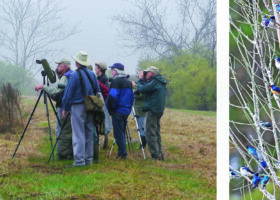
Reflections from 65 (Collective) Years of Birding the Upper Valley
Some retirees seek new pursuits in life, branching out and diversifying with their newfound free time. Others simply do more of what they always did. Chris Rimmer and Kyle Jones embody this latter approach, birding local Upper Valley haunts more than ever since their recent retirements. Read their reflections on 65 collective years spent birding the Upper Valley.
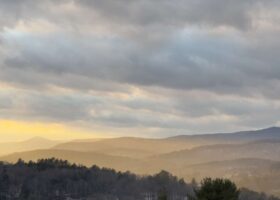
Field Guide to January 2024
Although the days are slowly growing longer, life in the Northeast still finds itself in the depths of winter. January is about survival. Wildlife that doesn’t migrate adapts instead to make it to spring. Here are a few tidbits of natural history happening outdoors this month around you.
